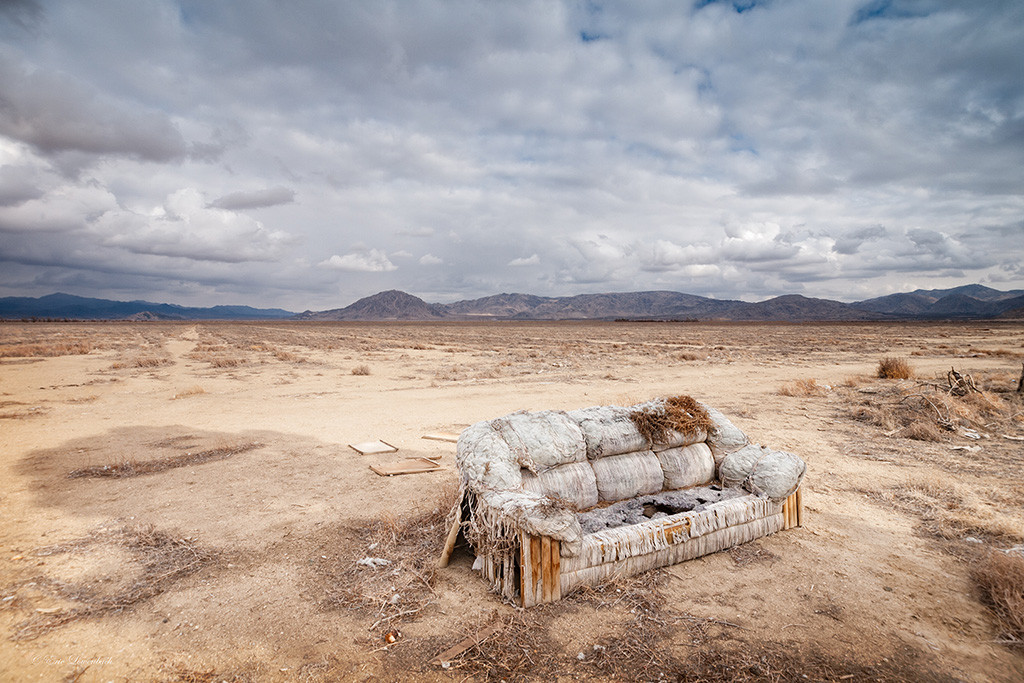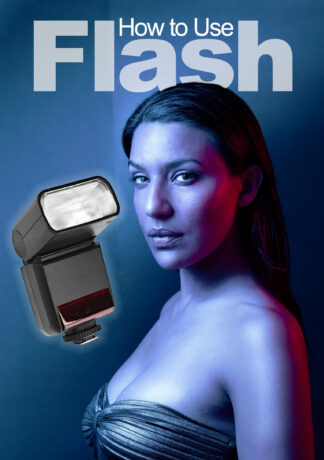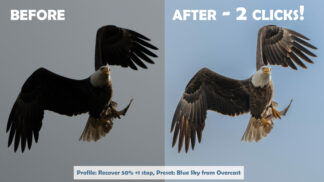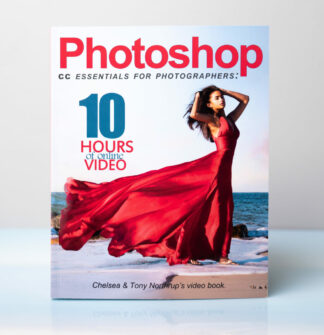

What is stock photography?
It’s a massive library of photos created by a variety of photographers used for a wide range of commercial purposes including advertising, packaging, book covers, magazine articles, television commercials, web banners, annual reports, textbooks, and signage. You’ll find stock images everywhere photos are used.
These days, most stock images are licensed through a handful of agencies that provide marketing, search capability, license management, and a client base in exchange for a hefty percentage of the royalties.
What’s in it for me?
Money, for starters. Not necessarily a lot of money, but some. A lot depends on the effort you put into your stock image portfolio. The more you put into it, the more you can expect to take out. It’s important to manage your expectations. You won’t get rich quick; it can take months or years to build up a good stock portfolio.
You’ll also have the opportunity to see your work published in high profile places. You’ll get a boost knowing your work was selected by someone and put to good use. Being published can help give your portfolio a professional gloss.
Finally, if you’re looking for a way to focus your photographic efforts and need a goal to help you improve your quality, shooting for a stock agency is a route to that goal.
What about “gotchas”?
It’s not all sunshine. Many people have found that it takes a lot of work for little money. It’s not just taking photo, you must also upload and keyword everything and provide releases for many of them (more on that later). It’s time-consuming and it takes months or longer before you start to make progress.
You’ll have no control over how your images are used. There’s no mechanism that allows you to decide who does what with your work. You may find your images attached to things that are embarrassing or uncomfortable, though most agencies’ contracts stipulate use for only non-pornographic and non-defamatory purposes, and in reality the vast majority of uses are gratifying rather than mortifying.
On the other hand, you may never actually see your images in use. You’ll get a statement listing the name of the client and how much your fee is, but there is no obligation for the client or agency to help you find your image being used. You may find some images by using Google’s reverse image search or hearing from friends who spot your images in the wild, but many uses are not internet-related and many are in faraway places.
Finally, there’s photo credit: You won’t get any. The client neither knows nor cares who you are or what your other photos are like. Occasionally, for editorial use, you’ll see your name by the photo.

What kind of photography are stock agencies looking for?
It varies. Not all collections are just pictures of businessmen shaking hands. In general, pictures with people in them sell better than landscapes, but some of us do well with landscapes. Agencies can be divided into high tier (expensive but low volume) and low tier (cheap, subscription-based licenses, high volume.)
Take a look at the images various agencies are offering. Be unique, stand out! Though it helps seeing what’s out there to get ideas of what they are looking for.
But are my photos good enough? Is my camera good enough?
Your gear is fine. There is at least one agency that even accepts images from certain models of cell phone. Agencies care about the result, not the method.
Your photos may be good enough, and if not, it’s not that hard to get there. Remember, stock photography is not National Geographic. A lot of the time it’s your least favorite, most boring photos that sell, while the emotional masterpiece at the top of your portfolio gets ignored. It’s all about utility for the clients.
Image quality matters and you’ll have to make it a priority. First, agencies accept submissions only as jpegs. Save files in the highest quality setting possible, and save them only once. Save the largest resolution your camera can make.
Photos must be properly exposed, not be plagued by noise, be well focused on the main subject, and have decent composition. These are all covered in Stunning Digital Photography. If you read and follow Tony and Chelsea’s advice, these fundamentals won’t hold you back.
Don’t over process your work. The less a photo is processed, the more versatility it has to buyers. Buyers often have their own art departments slice and dice your photo until you hardly recognize it anyway. So keep vignetting subtle, avoid monochrome, make your HDR tone mapping undetectable, keep sharpening low, don’t watermark, and never submit spot color.
How do I get started?
Pick an agency! But research first… find one that has a fee schedule you can live with. You’ll find some links below to get you going. Be aware that the highest paying agencies often demand exclusivity. This means that if you sign up with a low-paying microstock agency and later decide you want to move up the chain a little bit, any image you have already submitted to the first agency might not be accepted by the second—particularly for the coveted “rights managed” licenses. This may not be an issue if you continue to make good new content.
It’s typical for the photographer to receive only 20% – 30% of a royalty fee. This sounds like highway robbery, but it’s better than the alternative: 100% of zero.
When you sign up with an agency, read the contract carefully before signing it. All copyright for your images remains with you; you are always the sole owner. However, some agreements limit how you can use your submitted images commercially while you’re with the agency.

What else do I need to know?
When you receive royalty payments, there are tax implications that vary from country to country. You may be able to write off expenses. See an accountant.
Model releases will be required for images containing recognizable people. Even if facing away, if he or she can recognize herself (from the location or the clothing,) you’ll need a model release. Having one on file makes an image more attractive to buyers anyway. The agency will provide blank model release forms and some accept forms from smart phone apps. You’ll find it easier to get releases for pictures containing your friends and family.
Similarly, property releases will be required when shooting in homes or in places that are recognizable as private property.
Beware of trademarks. Avoid images containing them, or highly distinctive brands. If a person is wearing a branded cap, have them remove it or clone out the logo later. If holding an iPhone, make sure the screen and Apple logo don’t show or that the item is small enough to look generic. Your buyer doesn’t want to advertise for some other company, so keep everything generic.
If you shoot a bunch of photos at the same time, pick only one or two to submit. The agency will not want a bunch of “similars” that only act as filler.
If you apply and get rejected, don’t despair. It’s not uncommon to have to try a couple of times.
I’ll be happy to answer any questions I can.
Here are few stock agency websites to get you started. Note that all of them have resources like lists of what they are looking for, how to prepare a file, model releases, legal terms, etc. There is a lot to read and learn about. Good luck!
Fotalia: https://us.fotolia.com/Info/Contributors/GetStarted
iStock: http://www.istockphoto.com/sell-stock-photos.php
Shuttersock: http://submit.shutterstock.com/?language=en
Getty Images: https://contributors.gettyimages.com/article_public.aspx?article_id=2367
Alamy: http://www.alamy.com/contributor/






Comments are closed.